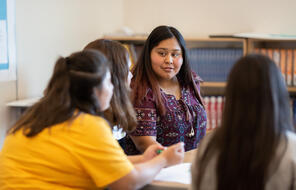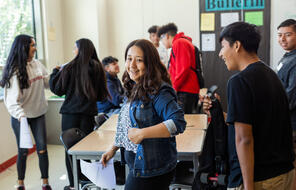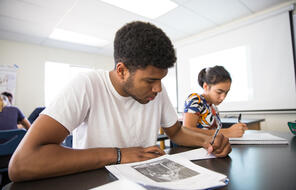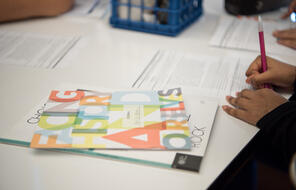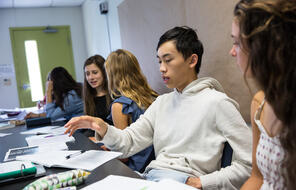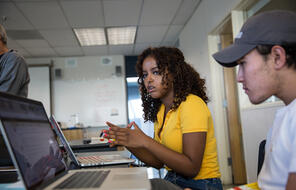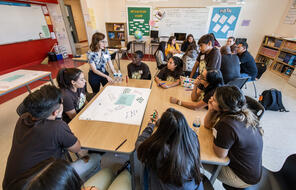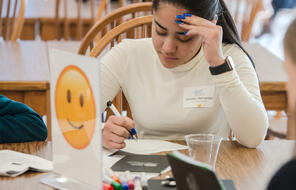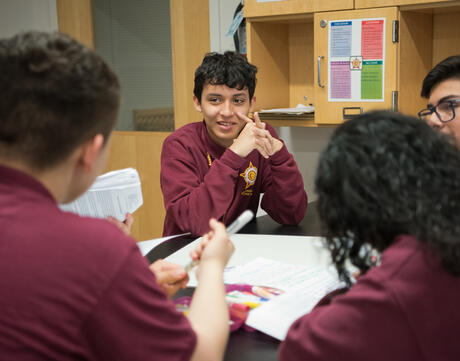
Café Conversations
Subject
- Advisory
- Civics & Citizenship
- English & Language Arts
- History
- Social Studies
Grade
6–12Language
English — USAvailable in
Published
Overview
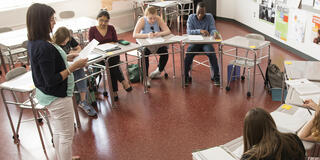
Teaching Strategies
What Is a Café Conversation?
Students need an awareness of different perspectives in order to understand past events. The Café Conversation strategy helps students practice perspective-taking by requiring them to represent a particular point of view in a small-group discussion. By engaging in a conversation with people who represent other backgrounds and experiences, students become more aware of the role that many factors (e.g., social class, occupation, gender, age) play in shaping one’s attitudes and perspectives on historical events. Use the Café Conversations activity as an assessment tool or to prepare students to write an essay about a specific historical event.
Lesson Plans
How to Conduct Café Conversations
Teaching Note: This strategy invites students to explore a character’s perspective and to consider the value and limitations of perspective taking. When done with care and intention, considering and articulating someone else’s perspective can foster empathy and respect. However, with any perspective-taking activity, it is important that students have choice and are never asked to assume the character of a perpetrator or target of violence or oppression.
Variations



